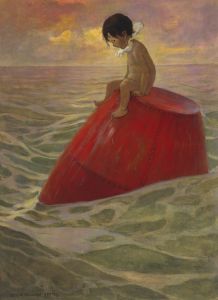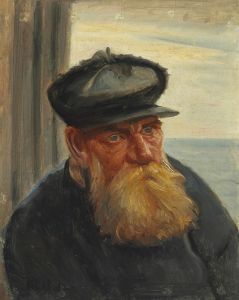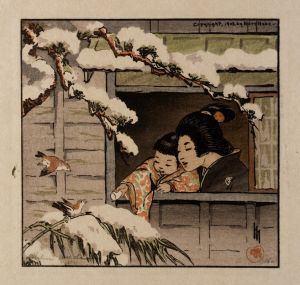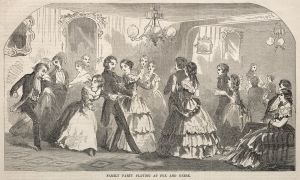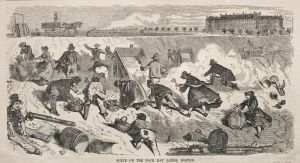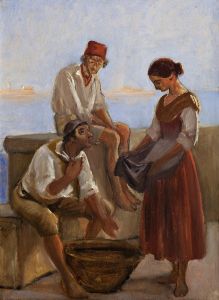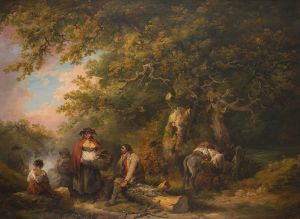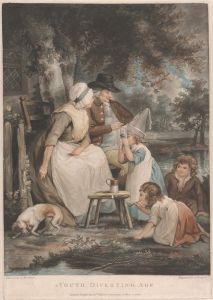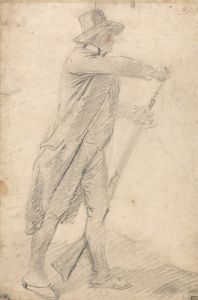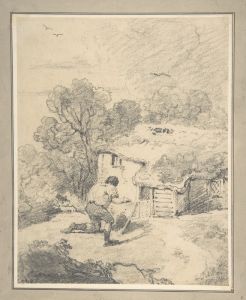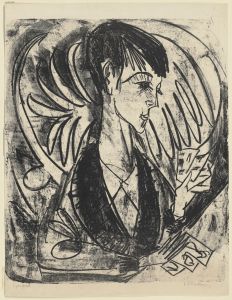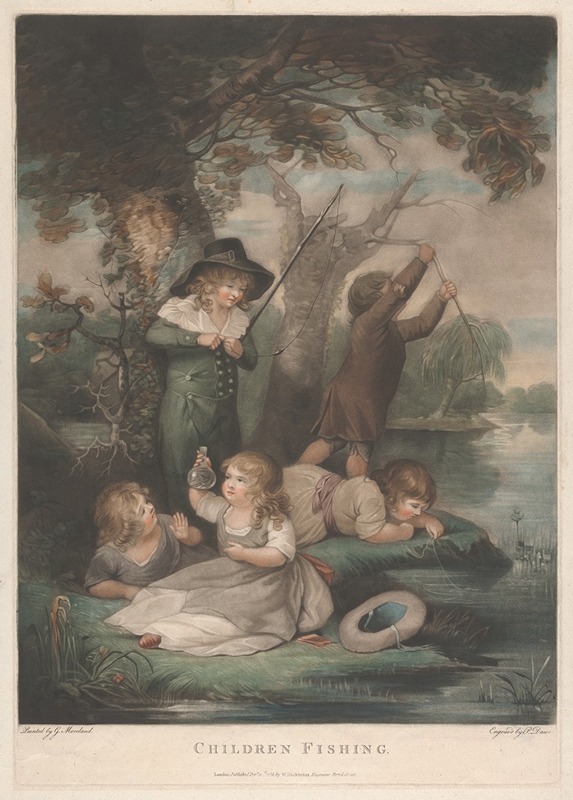
Children Fishing
A hand-painted replica of George Morland’s masterpiece Children Fishing, meticulously crafted by professional artists to capture the true essence of the original. Each piece is created with museum-quality canvas and rare mineral pigments, carefully painted by experienced artists with delicate brushstrokes and rich, layered colors to perfectly recreate the texture of the original artwork. Unlike machine-printed reproductions, this hand-painted version brings the painting to life, infused with the artist’s emotions and skill in every stroke. Whether for personal collection or home decoration, it instantly elevates the artistic atmosphere of any space.
George Morland was an English painter known for his rustic and rural scenes, often depicting the everyday life of the countryside during the late 18th and early 19th centuries. One of his works, "Children Fishing," exemplifies his ability to capture the simplicity and charm of rural life. Although specific details about this particular painting are scarce, it can be appreciated within the broader context of Morland's oeuvre and the artistic trends of his time.
Morland was born in London in 1763 into a family with artistic inclinations. His father, Henry Robert Morland, was also a painter, and George was trained in the arts from a young age. By the time he was a teenager, Morland had already begun to exhibit his work. He quickly gained a reputation for his skill in depicting scenes of rural life, animals, and landscapes, often infused with a sense of narrative and character.
"Children Fishing" likely fits into Morland's typical subject matter, which frequently included scenes of children, animals, and pastoral settings. His works are characterized by their attention to detail, use of light and shadow, and the ability to convey a story or mood through the depiction of everyday activities. This painting, like many of Morland's works, would have been appreciated for its ability to evoke the innocence and simplicity of childhood, as well as the tranquility of rural life.
During Morland's time, there was a growing interest in the picturesque and the pastoral, partly as a reaction to the rapid industrialization and urbanization occurring in England. Artists like Morland provided a nostalgic look at the countryside, offering viewers a sense of escape and a connection to a simpler way of life. His paintings often featured idyllic scenes that were both relatable and idealized, capturing the essence of rural England.
Morland's work was popular during his lifetime, and he was a prolific artist, producing a large number of paintings and drawings. However, despite his success, Morland's personal life was marked by financial difficulties and struggles with alcoholism. These challenges eventually led to a decline in his productivity and health, and he died in 1804 at the age of 41.
"Children Fishing," while not as widely documented as some of Morland's other works, remains an example of his ability to capture the charm and simplicity of rural life. It reflects the broader themes present in his body of work and offers insight into the cultural and artistic context of late 18th-century England. Morland's paintings continue to be appreciated for their historical value and their ability to transport viewers to a bygone era of pastoral beauty and innocence.





